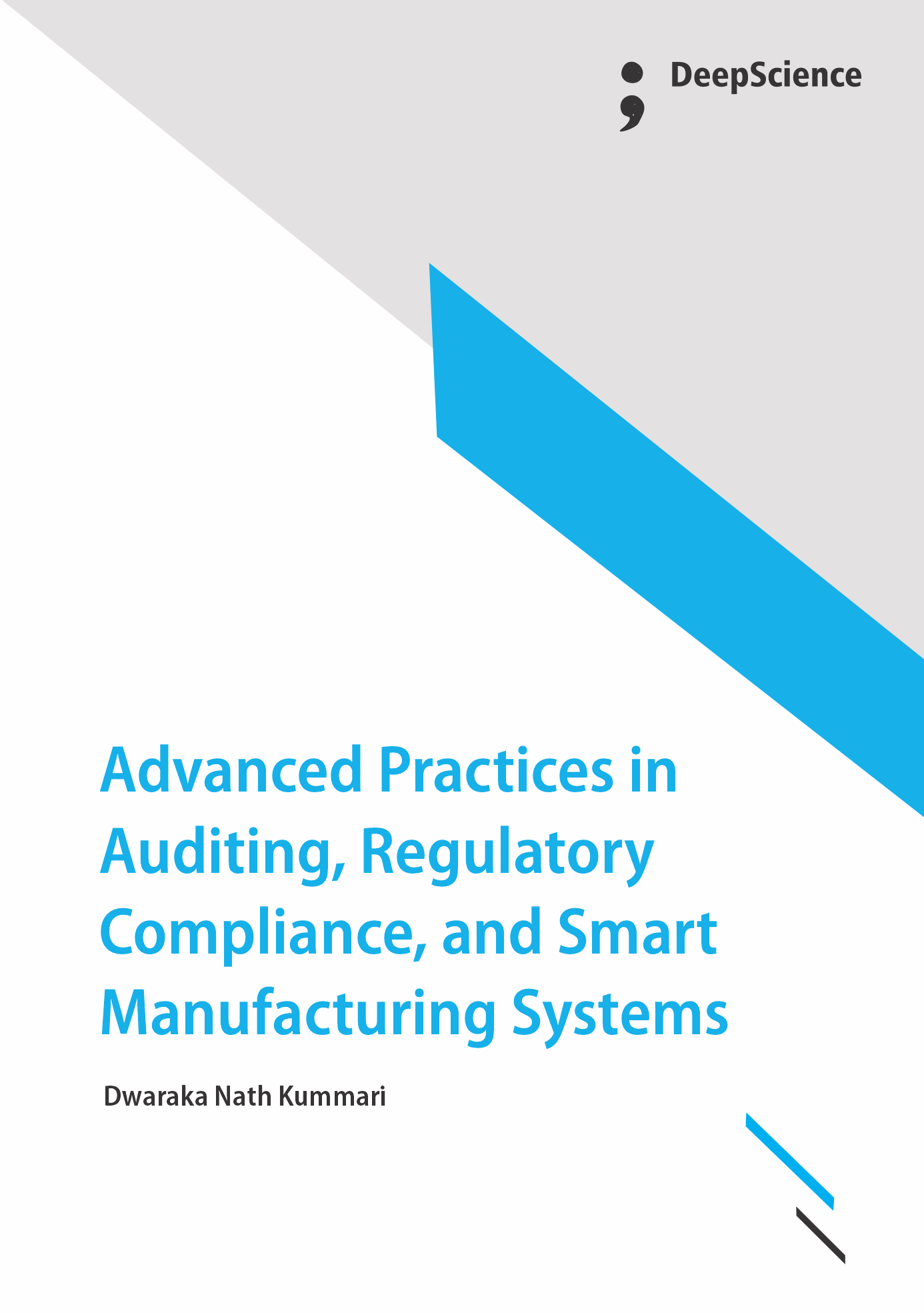Future-proofing compliance programs with blockchain, artificial intelligence governance, and predictive compliance engines
Synopsis
Compliance programs exist to create a pathway to avoiding risks that can make your organization vulnerable. Minimum elements of compliance programs were established in the United States Federal Sentencing Guidelines. The Sarbanes–Oxley Act established compliance programs for publicly traded companies in the United States, mandated certain monitoring activities from external auditors, and imposed criminal liability for obstructing justice with respect to destroying documents that were relevant to any pending investigation with respect to federally insured financial institutions. Certain other laws impose similar requirements for their scope of activity. Various national government authorities have called for compliance programs in public and private companies and related entities to address risks of bribery and corruption. These requirements have often been incorporated in investment and funding agreements.













